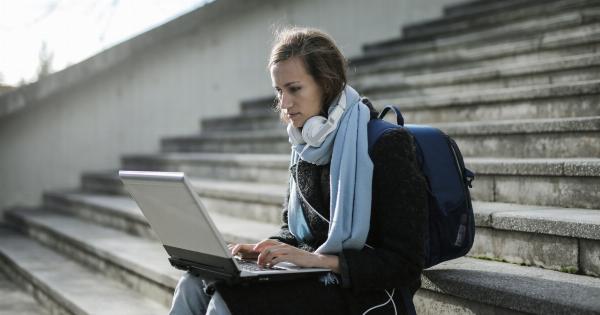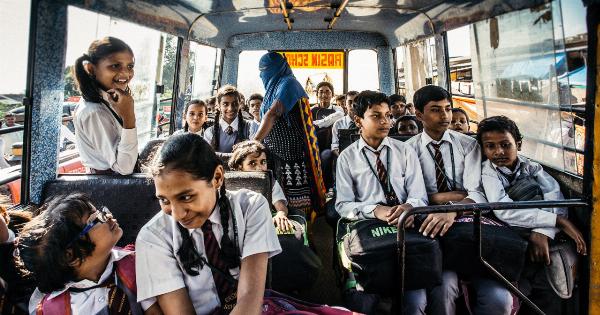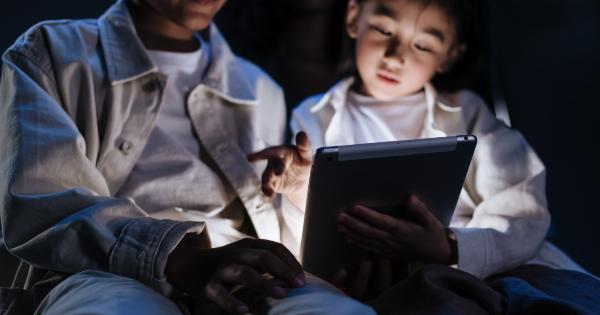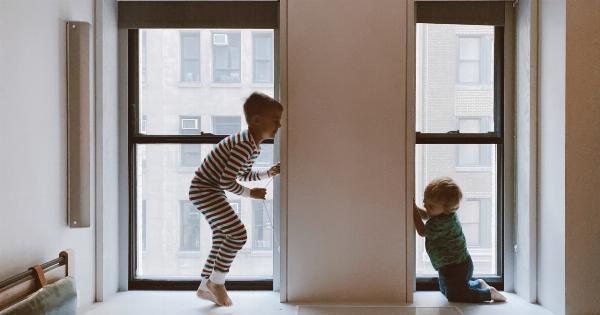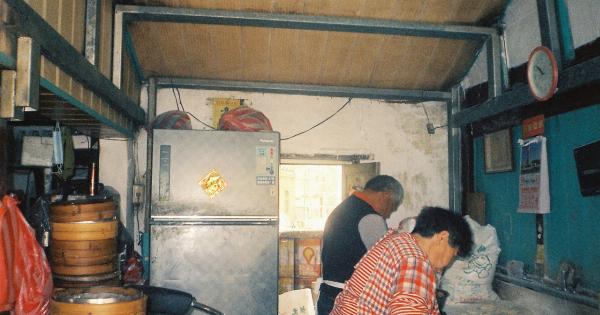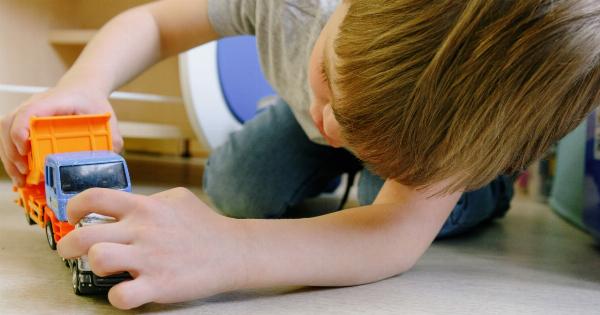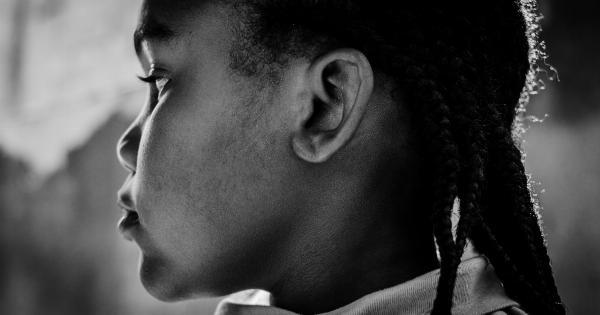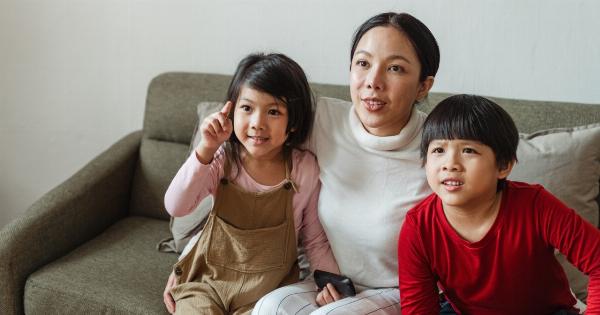Protecting and ensuring the well-being of children is a top priority for individuals, communities, and societies as a whole. It is crucial to be vigilant and proactive in identifying and acting on concerns for children’s safety.
Preventing harm requires a collective effort, involving parents, caregivers, educators, authorities, and the wider community. This article delves into various strategies and measures that can be taken to prevent harm to children and emphasizes the importance of acting promptly on any concerns that may arise.
Recognizing the Signs
One of the fundamental steps in preventing harm to children is recognizing the signs of potential risks or abusive situations. By being aware of the indicators, we can intervene earlier and provide the necessary support.
Some notable signs to watch out for include:.
1. Changes in Behavior
Children who experience harm or abuse often exhibit changes in their behavior. This can manifest as sudden aggression, withdrawal, anxiety, or even regression in their developmental milestones.
It is crucial to be attentive to these behavioral changes and investigate any underlying causes.
2. Unexplained Injuries
If a child has unexplained bruises, burns, fractures, or any other injuries, it is essential to delve deeper into how these injuries occurred.
Children may be hesitant to share the truth due to fear or manipulation, making it crucial for adults to be vigilant and ask open-ended questions without assuming any specific cause.
3. Emotional Distress
Children experiencing harm may display emotional distress in various ways, such as increased fear, frequent nightmares, depression, or sudden mood swings.
These signs should never be ignored, as they may point to underlying issues that require intervention.
4. Changes in Performance
A significant decline in a child’s academic performance or participation in extracurricular activities may indicate distress or harm.
Observing changes in their engagement, enthusiasm, or consistent patterns can help identify concerns and respond accordingly.
Report and Communicate
Once signs of potential harm have been identified, it is crucial to take action promptly. Reporting concerns and actively communicating with the appropriate individuals or authorities are integral parts of safeguarding children.
1. Informing Parents and Guardians
For educators or individuals working closely with children, sharing concerns with parents or guardians is paramount. They should be notified of any observed changes in behavior, performance, or any other signs that may indicate potential harm.
Establishing open lines of communication helps create a united front in protecting the child.
2. Contacting Child Protective Services
If there are suspicions or evidence of immediate harm or neglect, it is crucial to contact the local child protective services or relevant authorities.
These agencies are equipped with the necessary expertise and resources to investigate and provide assistance to children at risk.
3. Seeking Professional Advice
In cases where concerns are significant but not acute, seeking guidance from professionals such as pediatricians, psychologists, or social workers can provide valuable insights.
These professionals can help assess the situation and advise on the best course of action to ensure the child’s safety and well-being.
Creating a Safe Environment
Preventing harm to children goes beyond immediate interventions. Building a safe and nurturing environment for children is an ongoing effort that requires long-term commitments. Here are some strategies to create such an environment:.
1. Implementing Safety Measures
Whether at home, school, or any other setting, implementing appropriate safety measures is crucial.
This includes childproofing homes, ensuring the presence of necessary safety equipment, and adhering to child protection policies and procedures in institutional settings.
2. Education and Awareness
Creating awareness among children, parents, and communities can help prevent harm. Educational initiatives can focus on teaching children about personal boundaries, safe practices, and coping mechanisms.
Parents and caregivers can also benefit from workshops or training sessions on recognizing and preventing harm.
3. Fostering Support Networks
Building a strong support network is vital in preventing harm to children. Encouraging open dialogues, fostering a sense of community, and creating spaces where concerns can be shared without judgment can help in early identification and intervention.
4. Transparent Reporting Mechanisms
Establishing transparent reporting mechanisms within institutions and communities allows for timely identification and resolution of concerns.
Encouraging individuals to report any suspicions or observations without fear of repercussions ensures that potential harm is addressed promptly.
Continuous Monitoring and Evaluation
Preventing harm requires a continuous process of monitoring, evaluating, and adapting strategies. The following measures can aid in this process:.
1. Regular Screening and Assessments
Conducting regular screenings and assessments can help identify any potential risks or concerns. This includes health screenings, mental health assessments, and evaluating the overall well-being of children.
2. Comprehensive Policies and Guidelines
Implementing comprehensive policies and guidelines within institutions helps create a structured approach to preventing harm. Regular evaluations of these policies ensure that they remain effective and up-to-date.
3. Collaboration and Sharing Best Practices
Collaborating with other organizations, professionals, and communities allows for shared learning and the exchange of best practices in preventing harm to children. Regular networking and information-sharing sessions can promote continuous improvement.
Conclusion
Preventing harm to children is a collective responsibility.
By recognizing the signs, promptly reporting concerns, creating safe environments, and continuously monitoring and evaluating our efforts, we can strive towards a society where children are protected and their well-being is ensured. Acting on concerns for children is not only essential for their immediate safety but also has a profound impact on their long-term development and overall happiness.

